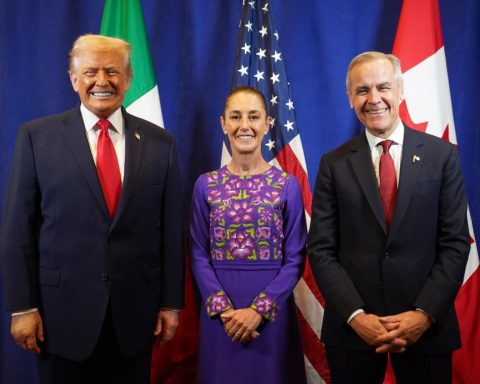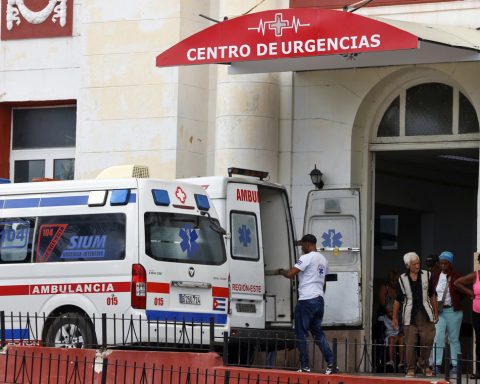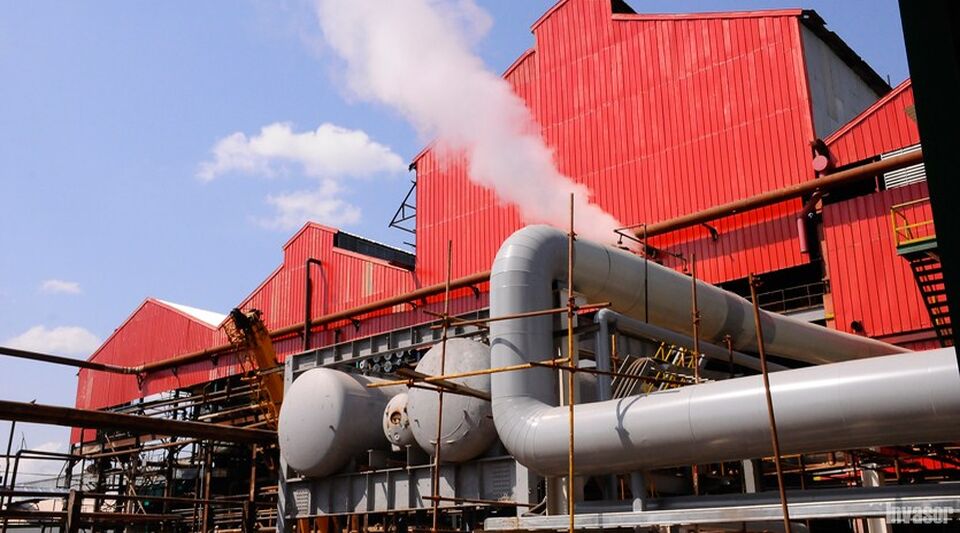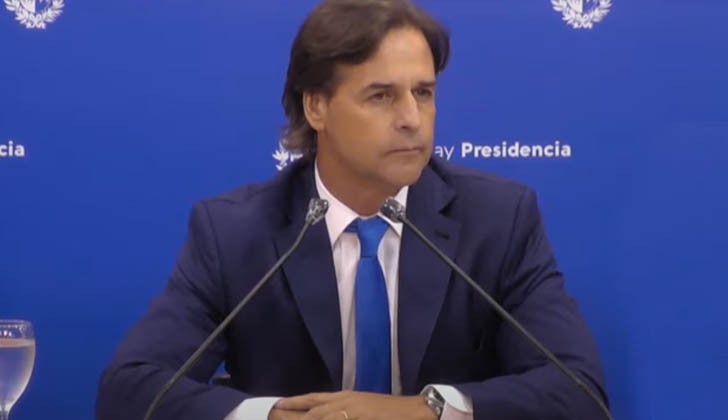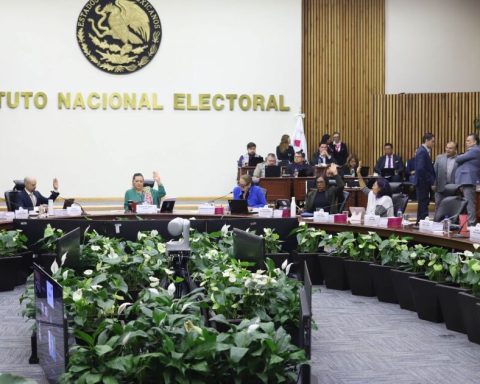“Within the next five years, everyone on Earth should be protected by early warning systems against increasingly extreme weather and climate change,” reads a statement issued by the United Nations on Wednesday.
The ambitious objective was announced by the UN Secretary General, António Guterres, who entrusted the World Meteorological Organization (WMO) to lead the effort and present a plan for its fulfillment at the next UN climate conference to be held in November in Egypt.
A third of the world’s population, mainly in the least developed countries and small island developing states, lack early warning coverage and 60% of Africans are exposed to climate catastrophes, according to UN data.
The plan involves an investment of 1,500 million dollars, but the international organization highlights the need for this expense compared to the devastation caused by meteorological disasters.
“Early warnings and action save lives,” Guterres said in a video message at the World Meteorological Day ceremony.
In the period between 1970 and 2019, weather, climate or water-related disasters killed an average of 115 people daily and caused daily losses of US$202 million, according to a 2021 WMO report.
The study highlights that the number of recorded disasters increased fivefold during that 50-year period, and was driven by human-induced climate change, as well as extreme weather events and improved data collection.
What is an Early Warning System?
An early warning system for floods, droughts, heat waves or storms is a comprehensive set of tools that lets people in threatened territories know that a dangerous weather event is coming and informs how governments, communities and communities can act. people to minimize imminent impacts.
The measurements will make it possible to monitor real-time atmospheric conditions on land and at sea and effectively predict future weather and climate events using advanced computer numerical models.
